As greenhouse growers and commercial operators increasingly turn to energy-efficient technology, LED lighting remains one of the most impactful upgrades available. However, the initial investment can be significant which is where LED lighting rebates come in. Across the United States, more than 3,200 utility providers offer a range of rebate programs designed to offset the cost of these energy-saving installations. While every utility program differs, understanding how they work and how to navigate the rebate approval process can make a substantial difference in project outcomes.
What Are LED Rebate Programs?
LED rebate programs are incentive initiatives offered by utility companies to encourage the adoption of energy-efficient lighting. These programs typically provide financial compensation to businesses that upgrade from traditional lighting systems to LEDs, helping to reduce both upfront costs and long-term energy expenses.
The rebate structure varies widely among utilities. Some cover a percentage of the equipment cost, while others offer incentives based on the efficiency (efficacy) of the fixtures or overall system performance. In some cases, the rebate might even include installation costs. For greenhouse growers, this variability means it’s critical to confirm eligibility and understand the specific requirements of their local utility’s program.
The Benefits of LED Lighting Rebates
Participating in a rebate program delivers both immediate and long-term advantages:
- Reduced Upfront Costs – Rebates can significantly lower the capital investment required for LED upgrades, often covering a substantial portion of the equipment and installation.
- Accelerated ROI – By minimizing initial costs and lowering energy consumption, rebate-backed projects reach payback faster.
- Energy and Maintenance Savings – LED lighting can cut energy usage by up to 60%, and the long lifespan of LEDs reduces maintenance costs and downtime.
- Improved Cultivation and Efficiency – For greenhouse growers, LEDs enable precise control over light spectrum and intensity, improving plant growth, uniformity, and yield.
- Sustainability Impact – Adopting LEDs supports environmental goals by reducing greenhouse gas emissions and overall energy demand.
Best Practices for Applying to LED Rebate Programs
While rebates can deliver major savings, the process can also be complex. Each utility may have unique documentation, inspection, and installation requirements. Following best practices ensures a smoother experience and better financial outcomes.
- Research Utility Programs Early
Before purchasing any lighting equipment, contact your local utility provider to confirm whether they offer an LED rebate program and to understand their criteria. Some programs require pre-approval before installation to qualify for funds. - Follow the Rebate Approval Process Closely
Once you’ve identified the right program, ensure that all application steps, such as site verification, product qualification, and installation timelines, are met. Missing deadlines or failing to meet specifications can delay or disqualify your rebate. - Maintain Clear Documentation
Keep detailed records of project costs, specifications, and installation photos. Many programs require proof of purchase and post-installation verification before funds are released. - Partner with a Rebate Management Expert
Navigating multiple utility requirements and forms can be challenging. Partnering with a rebate management specialist, such as Incentive Rebate360, simplifies the process. These experts handle everything from identifying eligible programs to filing applications and managing approvals which saves valuable time and ensures no incentive opportunity is overlooked.
A Strategic Approach to Energy Efficiency
By pairing energy-efficient technology with expert rebate management, greenhouse growers and commercial facilities can maximize savings while accelerating their transition to a smarter, greener future.
Click here to read the full article, originally published October 24, 2024, by Greenhouse Grower.



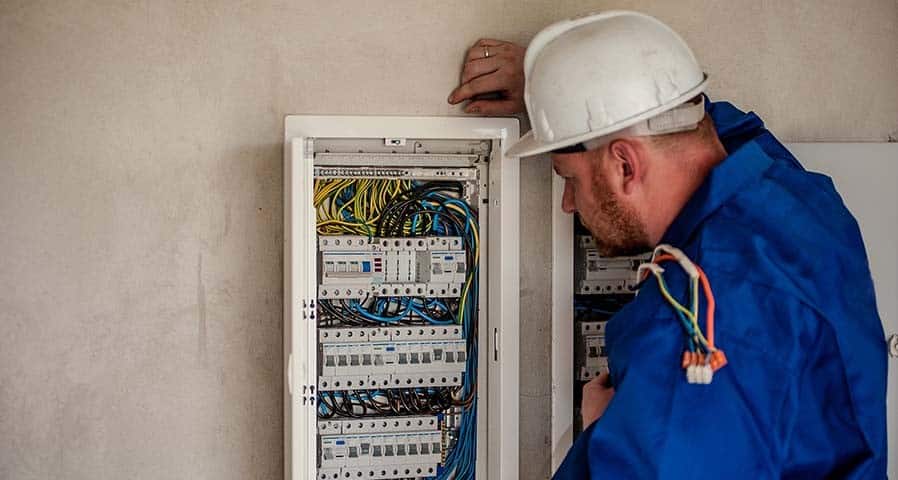
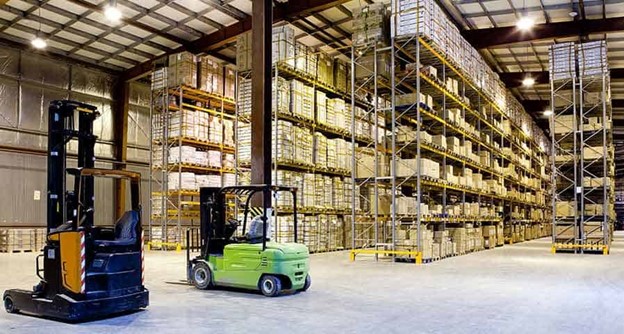
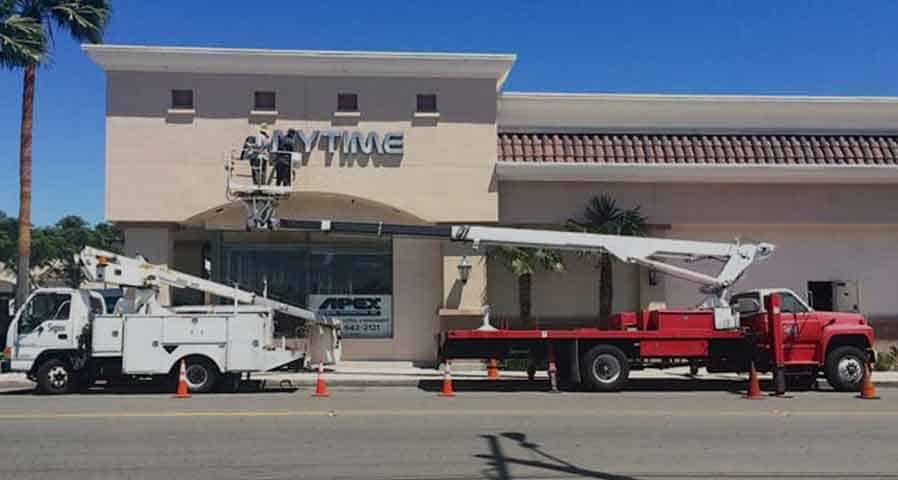

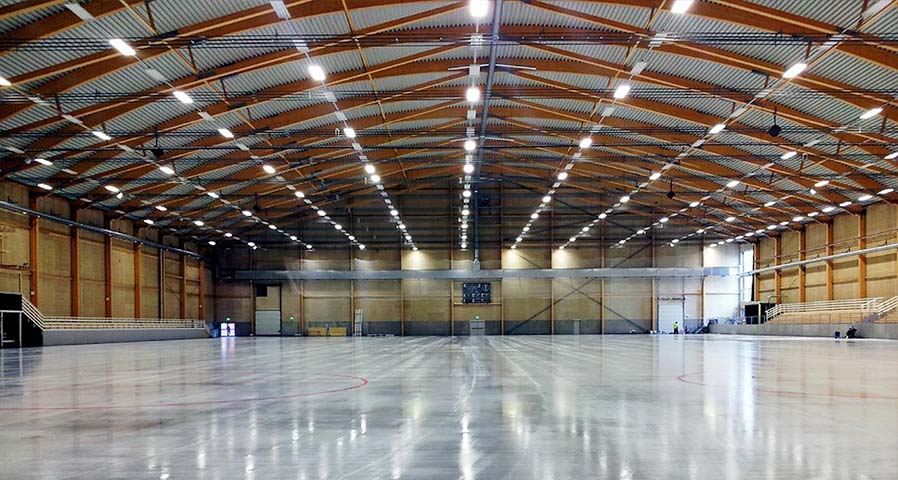








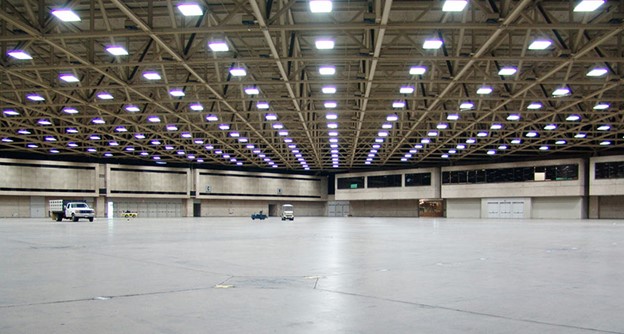
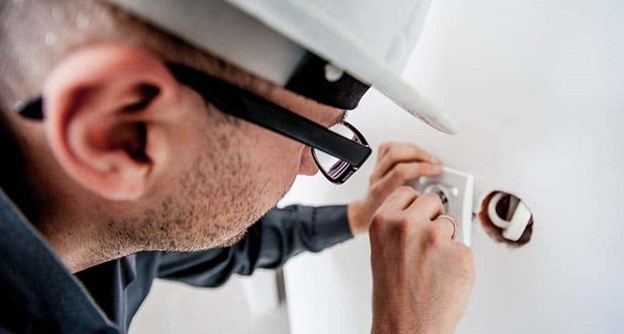


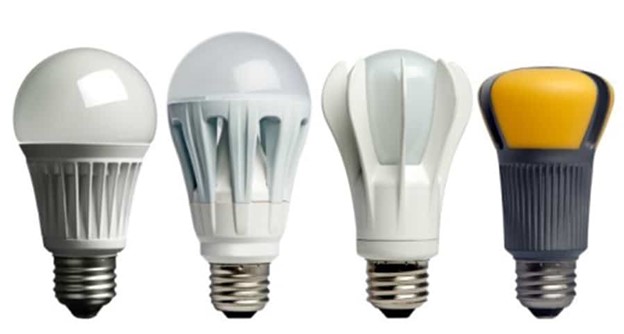
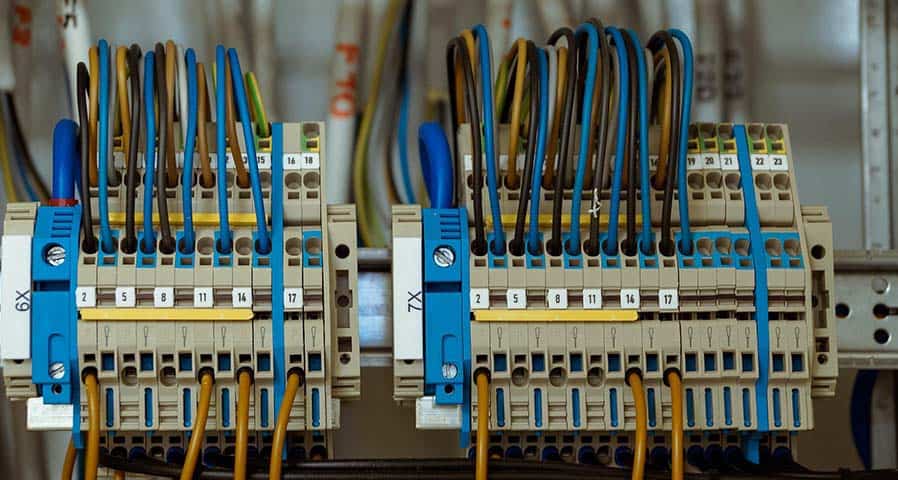



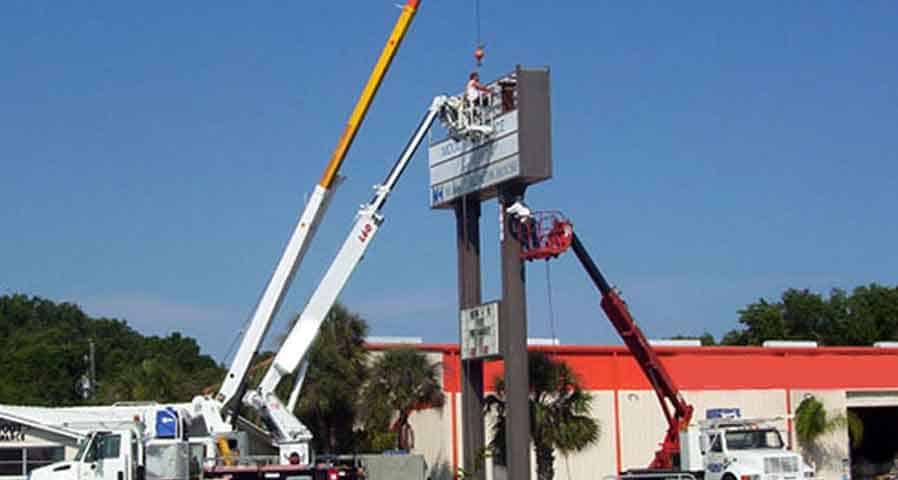




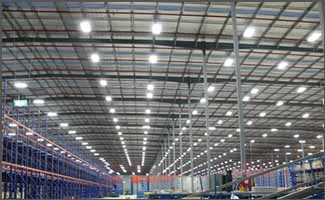




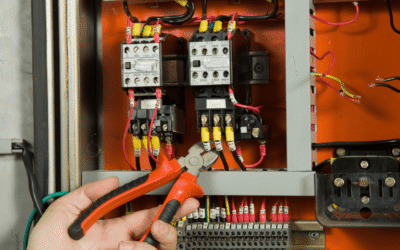



0 Comments